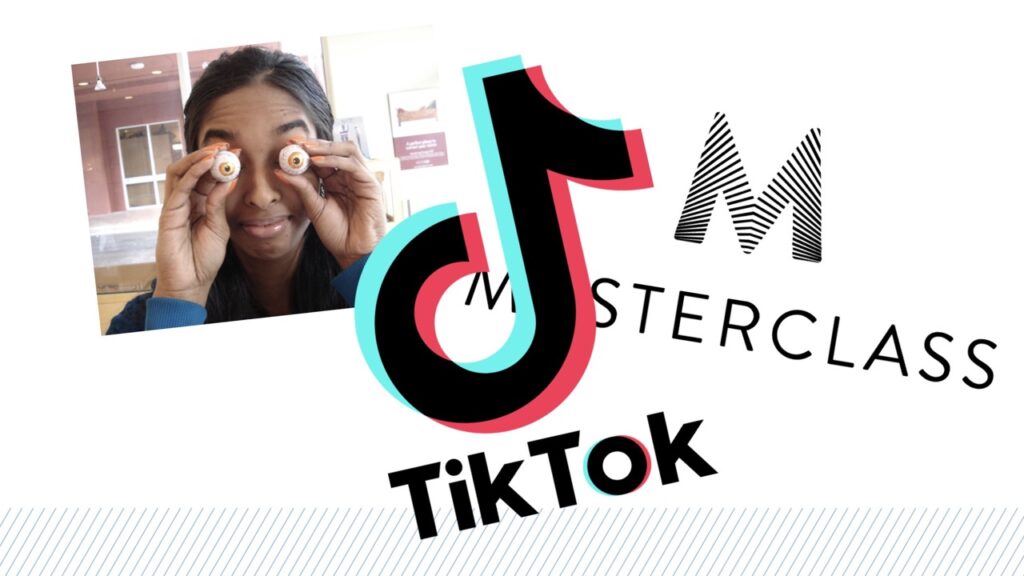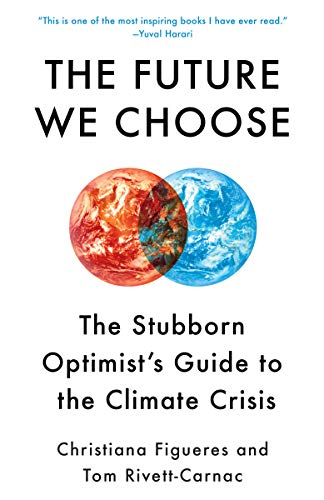
Session description:
The lecture is dead; long live the lecture! Today, instructors face a daunting task of teaching across face-to-face, online, and hyflex modalities where the traditional lecture is often deprecated as an outmoded method of instruction. But expert narratives can and should be reimagined in and across new media and new learning spaces. What I call a “collaborative transmedia lecture” is a framework for evolving lectures with new technologies. With an eye on video production and diverse learning platforms, this session highlights new opportunities for engagement and learning.
SXSW EDU is organized around similar themes as SXSW: innovation, multimedia, and networking. In short, it’s “a celebration of innovation and learning.” I’ve attended virtually for two years, and find it to be an exciting mix of viewpoints and formats. This year, I’ve submitted a proposal for the first time. I chose the format of a 30-minute solo presentation for my talk.
Some ideas I will define and discuss in my session:
- Post-pandemic hyflex teaching
- The instructor as copyleft DJ
- Student-led content curation
- TikTok edits and glam-casting
- Transmedia storytelling
To me, these are all key aspects of the future of higher education. Why? Let’s briefly look at each idea:
Post-pandemic hyflex teaching
At Pace University, I help faculty create engaging multimedia (primarily video) for courses. Student preferences continue to evolve, and the pandemic has left us with the remnants of hyflex: the desire to access course experiences (lectures and in-class activities) on demand. This isn’t always possible, but faculty need to find ways to make their course content as accessible as possible without the downside of the recorded-with-the-webcam-during-class aesthetic.
The instructor as copyleft DJ
A simple way to enhance any slideshow or recorded lecture is with images. Used in the right way at the right time, images help students engage with and remember content. Searching for images (or generating them with AI) is a good strategy for illustrating lectures, and copyleft (and public domain) content provide a trove of possibilities. To me, this feels a bit like the work of a DJ curating a great multimedia experience.
Student-led content curation
Faculty don’t have to do all the work–and shouldn’t. Students should participate in activities that require research, like investigating the history of a topic. An instructor can incorporate student research, discussion, and share-outs into lectures. This content can be brought into the course platform during or after a class session. With a creative and playful mindset, students (and faculty) can also share course-related content on social platforms beyond university-sanctioned tools.
TikTok edits and glam-casting
Translating a lecture into a video format is hard. While it’s easier than ever to capture video, it still requires a lot of attention and time, starting with a great script. I believe many faculty members avoid video because it is much less forgiving than delivering a lecture in person–even poorly. Students see great videos every day, and have high standards. For example, YouTube creators deliver content with passion in well-lit, well-designed studio environments (even when it’s their bedroom). Students themselves continuously create media on platforms like TikTok and Snapchat, and are familiar with using dramatic camera angles, hip soundtracks, and flashy motion graphics. While these aesthetics might not be right for lectures (or are simply too time-intensive to sustain at length), faculty can borrow elements from these other mediums.
Transmedia storytelling
Putting all of the previous elements together sets the stage for a transmedia experience. The term “transmedia storytelling” denotes using multiple digital platforms to tell a story–where social media and multimedia converge to reveal a larger picture. The big idea here is to break lectures up into several segments that traverse in-person and digital media, while creating a more interesting, content-rich, active learning experience for students.
This fall I’ll be teaching Introduction to Podcasting in the Communications and Media Studies program. As a production-focused course with an emphasis on student-centered learning (i.e., “experiential education”), it’s a great excuse for me to use instructor-created video in creative ways.
With some luck–and your support via PanelPicker voting from August 8 – 20–I’ll have a platform to share this work with the SXSW community in 2024.





 From the from the
From the from the 
 This seems plausible, but consider if it’s putting the cart before the horse: Inequality could be a political problem, not an educational one. This is an important view from a “social justice” perspective, albeit one more often (only?) held by “Leftist” politicians and academics (Robert Reich being one of my favorites—check out his recent book,
This seems plausible, but consider if it’s putting the cart before the horse: Inequality could be a political problem, not an educational one. This is an important view from a “social justice” perspective, albeit one more often (only?) held by “Leftist” politicians and academics (Robert Reich being one of my favorites—check out his recent book, 